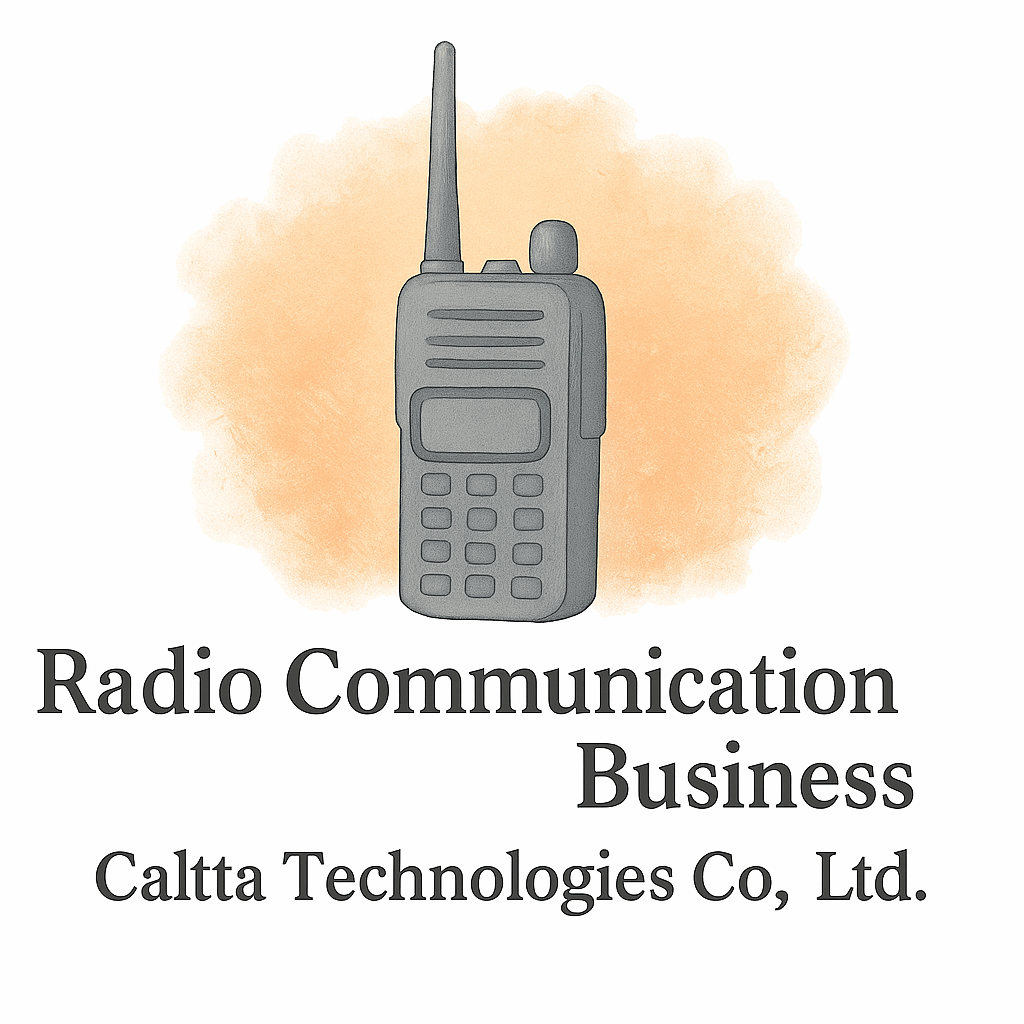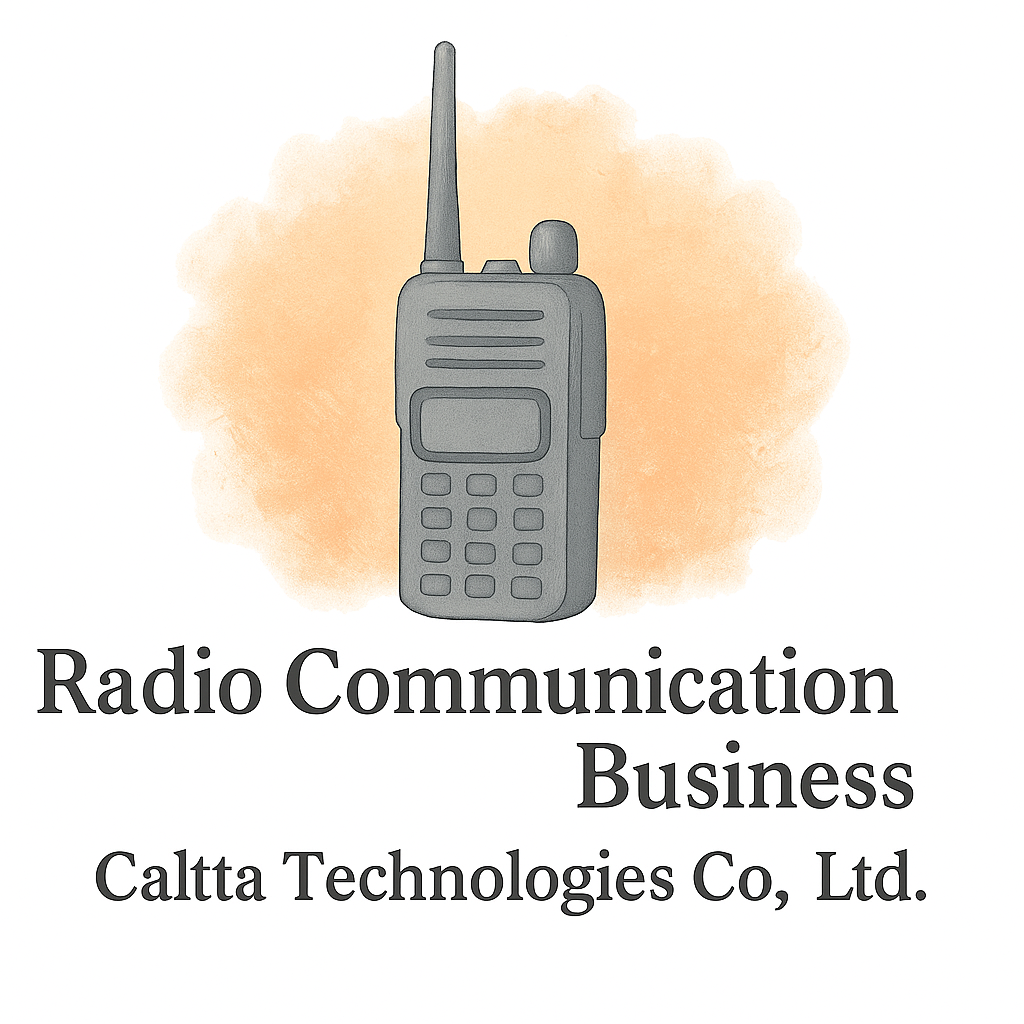Introduction to IoT and Radio Communication
The Internet of Things (IoT) has transformed how we interact with the world. From smart home devices to industrial machines, IoT thrives on seamless connectivity. At the heart of this connectivity lies radio communication systems. Without radio signals, IoT devices wouldn’t be able to talk, share data, or deliver real-time updates. Think of IoT as the brain and radio communication as the nervous system—it’s what keeps everything connected.
Why IoT Needs Radio Communication
IoT is built on connections. For these devices to function, they must send and receive data constantly. That’s where radio waves step in.
The Growing Role of Wireless Connectivity
With billions of IoT devices operating worldwide, wires simply aren’t practical. Wireless radio communication provides flexibility, mobility, and reliability. Whether it’s a smartwatch or a smart traffic light, wireless keeps it all linked.
Challenges of Wired vs. Wireless in IoT
Wired systems offer speed and stability but lack the scalability IoT demands. Radio-based systems provide the freedom for devices to operate almost anywhere, making them essential for IoT growth.
Way 1: IoT Devices Rely on Radio Waves for Data Transmission
Every IoT device—from your Alexa speaker to a smart thermostat—uses some form of radio frequency (RF) to communicate.
The Science of Radio Wave Communication
Radio waves transmit signals through the air at different frequencies. IoT devices use protocols like Wi-Fi, Bluetooth, Zigbee, and LoRaWAN, all built on radio communication technology.
Examples of IoT Applications Using Radio Signals
- Smart home assistants using Wi-Fi
- Wearables connected via Bluetooth
- Smart sensors in factories relying on Zigbee networks
For businesses diving into IoT, platforms like Caltta International provide equipment and technology insights to help select the best communication systems.
Way 2: Radio Communication Enables Low-Power IoT Networks
IoT devices often run on small batteries. Efficient radio communication is the solution to making them last longer.
Why Power Efficiency Matters in IoT
Imagine replacing thousands of sensors’ batteries every month—it’s neither practical nor cost-effective. That’s why low-power radio technologies are game changers.
Role of LPWAN, Zigbee, and LoRaWAN
- LPWAN: Long-range, low-power for large-scale IoT
- Zigbee: Great for smart homes and automation
- LoRaWAN: Ideal for agriculture, logistics, and environmental monitoring
Companies looking for cost-saving tools should check resources like business startup basics and equipment technology.
Way 3: Integration with Cellular Radio for Wide-Area IoT
IoT doesn’t just connect homes—it spans entire cities. Cellular radio networks make that possible.
4G, 5G, and Beyond
- 4G LTE boosted IoT adoption by offering reliable speeds.
- 5G takes it further with ultra-low latency, perfect for real-time IoT.
IoT Expansion through Cellular Networks
From autonomous vehicles to smart cities, cellular radio ensures IoT devices remain connected even across miles.
For entrepreneurs, financial planning and marketing branding resources help scale IoT-based ventures.

Way 4: Radio Communication in Industrial IoT
Factories and industries rely on IoT-driven automation, powered by radio communication.
Remote Monitoring and Smart Factories
Machines equipped with sensors send real-time updates to operators through radio channels, boosting efficiency and reducing downtime.
Safety, Compliance, and Regulation
Compliance with industry regulations is crucial. Radio systems make it easier to implement safety monitoring, worker tracking, and emergency alerts.
For more insights, check industry insights.
Way 5: Radio + IoT in Emergency and Public Safety Systems
IoT and radio communication save lives in emergencies.
Smart Cities and Disaster Response
Smart traffic systems can redirect vehicles, while IoT-based sensors detect floods or earthquakes and communicate via radio signals.
Critical Role in Healthcare and Emergency Services
Wearable medical devices send critical patient data to doctors in real-time, while first responders rely on radio + IoT integration to coordinate.
Resources like radio communication and compliance provide essential guidance for safety applications.
Benefits of Combining IoT with Radio Communication
Real-Time Data Access
From monitoring crops to tracking deliveries, radio IoT systems deliver data instantly.
Cost Savings and Scalability
Businesses can cut costs by leveraging IoT radio networks for automation and analytics. (Explore cost-saving strategies.)
Enhanced Security with Smart Monitoring
IoT radio systems allow remote surveillance, asset tracking, and access control.
Challenges of IoT and Radio Communication Systems
Spectrum Interference and Network Congestion
Too many devices can crowd the spectrum, causing slowdowns. Businesses must plan networks carefully.
Compliance with Industry Regulations
Governments enforce strict rules on frequency use. Companies must stay updated on law and compliance.
Future Trends: IoT and Radio Communication Advancements
AI and Machine Learning Integration
AI-driven IoT systems will optimize how radio frequencies are allocated.
Edge Computing and Smarter Devices
Processing data locally reduces dependency on central servers, enhancing speed and efficiency.
Next-Gen Radio Protocols
Technologies like 6G promise even more powerful IoT-radio integrations.
Business Opportunities with IoT and Radio Communication
Startups Leveraging IoT Radio Systems
Entrepreneurs can explore IoT solutions for logistics, healthcare, and smart agriculture. Check startup tips and business setup.
Cost-Effective Tools and Equipment
Resources like tools and tech tags at Caltta help businesses find affordable solutions.
Conclusion
IoT and radio communication systems are inseparable. From powering smart homes to enabling industrial automation and emergency services, radio waves form the backbone of IoT. As technology advances, expect even stronger integrations, smarter devices, and more opportunities for businesses to innovate.
FAQs
1. Why is radio communication essential for IoT?
Because IoT devices rely on wireless connectivity to transmit and receive data efficiently.
2. What radio technologies are most used in IoT?
Wi-Fi, Bluetooth, Zigbee, LoRaWAN, and cellular (4G/5G) are the most common.
3. How does IoT radio save power?
Low-power communication protocols like LPWAN and Zigbee minimize battery consumption.
4. Can IoT radio systems be used in smart cities?
Yes, they power traffic management, environmental monitoring, and disaster response systems.
5. What industries benefit most from IoT radio integration?
Manufacturing, healthcare, agriculture, logistics, and public safety.
6. What challenges come with IoT radio systems?
Spectrum interference, compliance with regulations, and network congestion.
7. How can businesses get started with IoT and radio communication?
By exploring resources like Caltta International, which provides tools, financial planning, and industry insights for startups.


